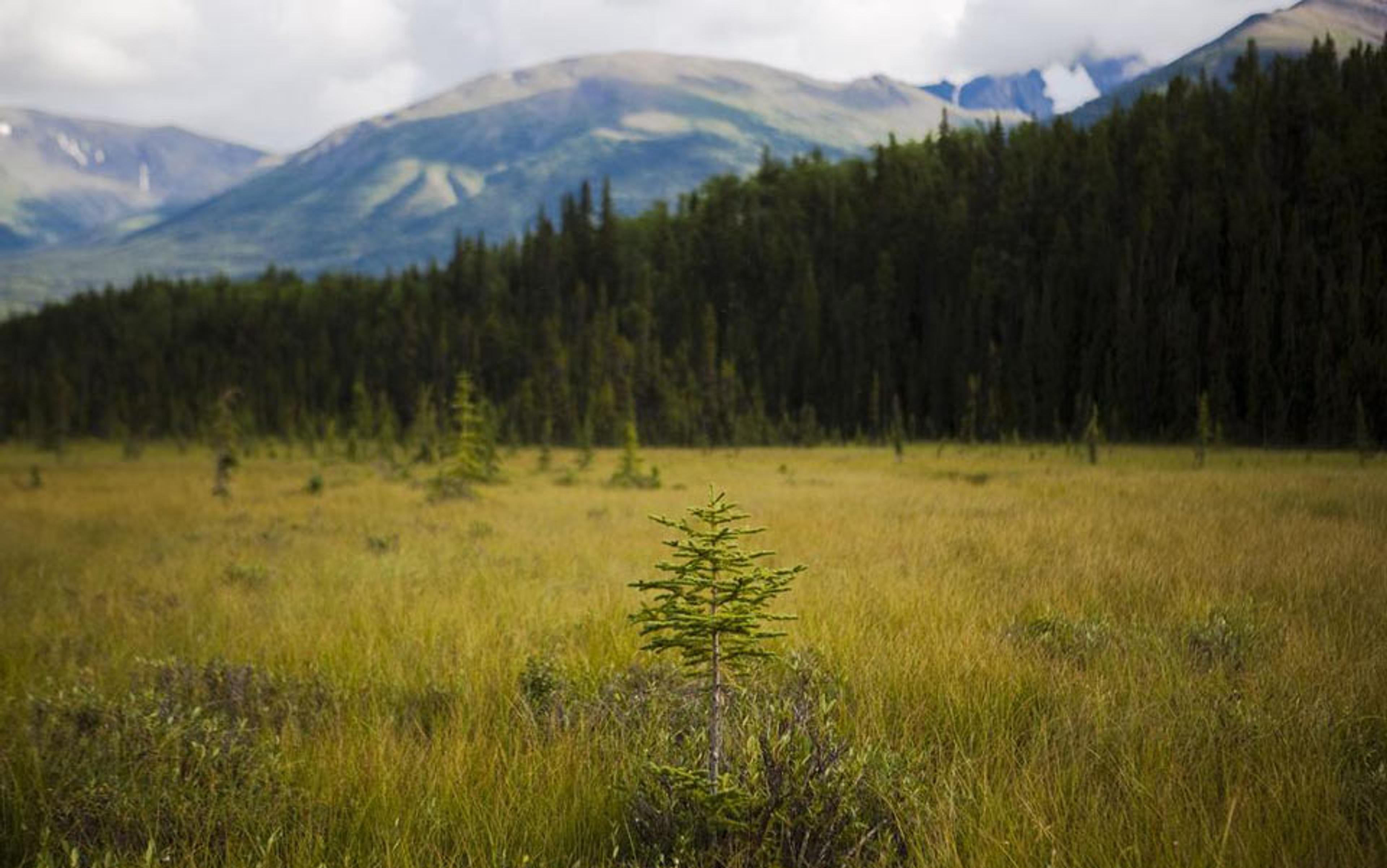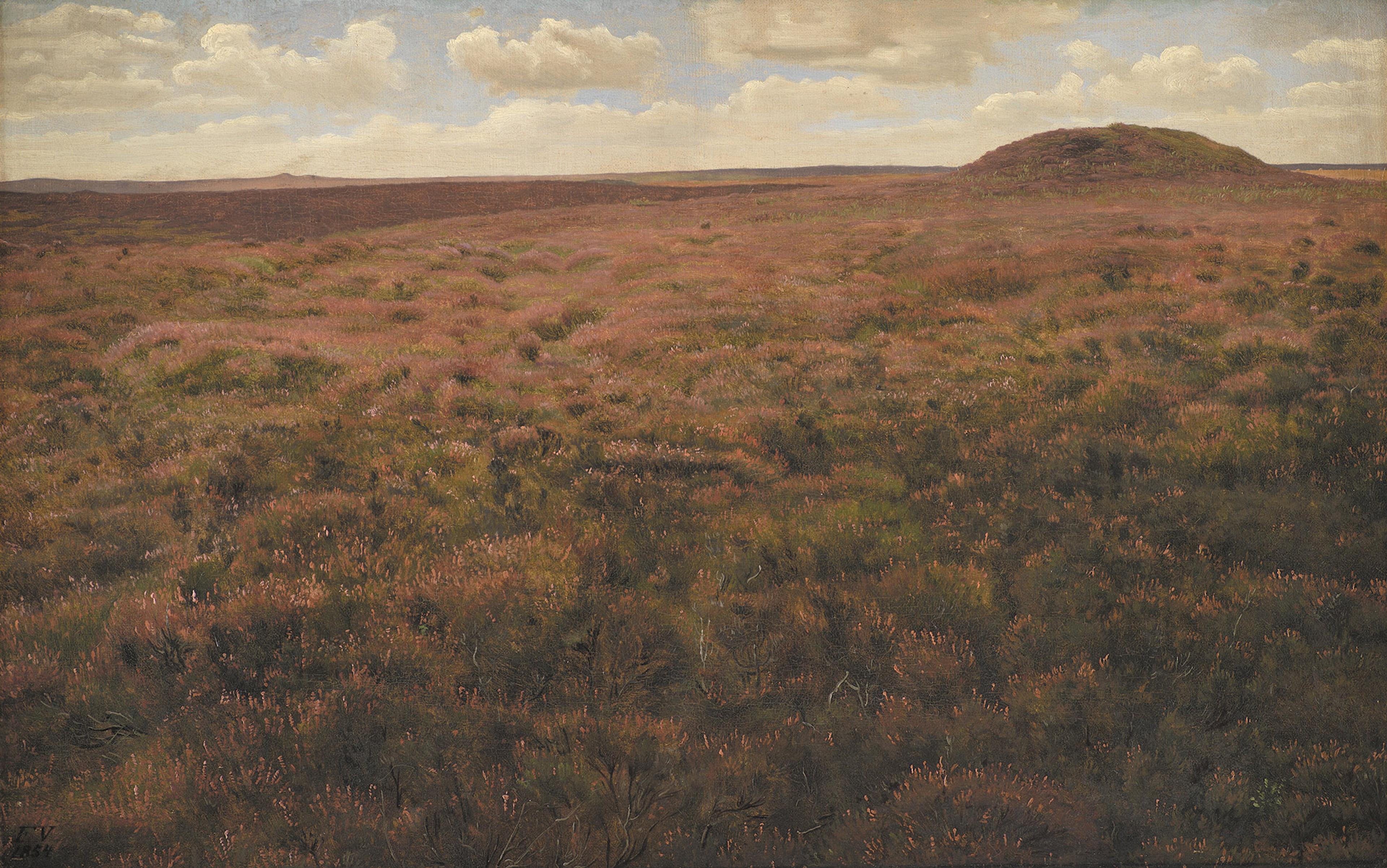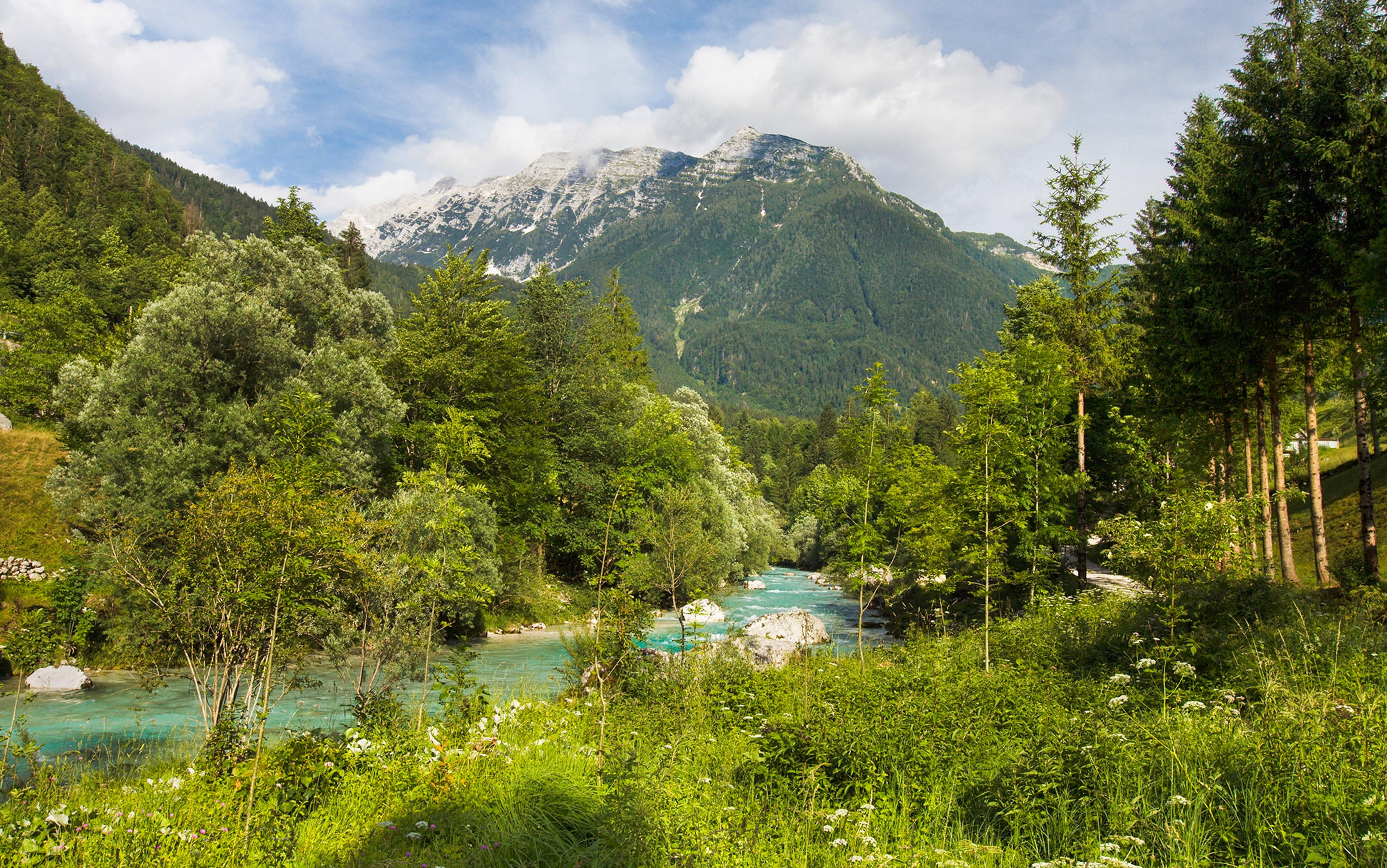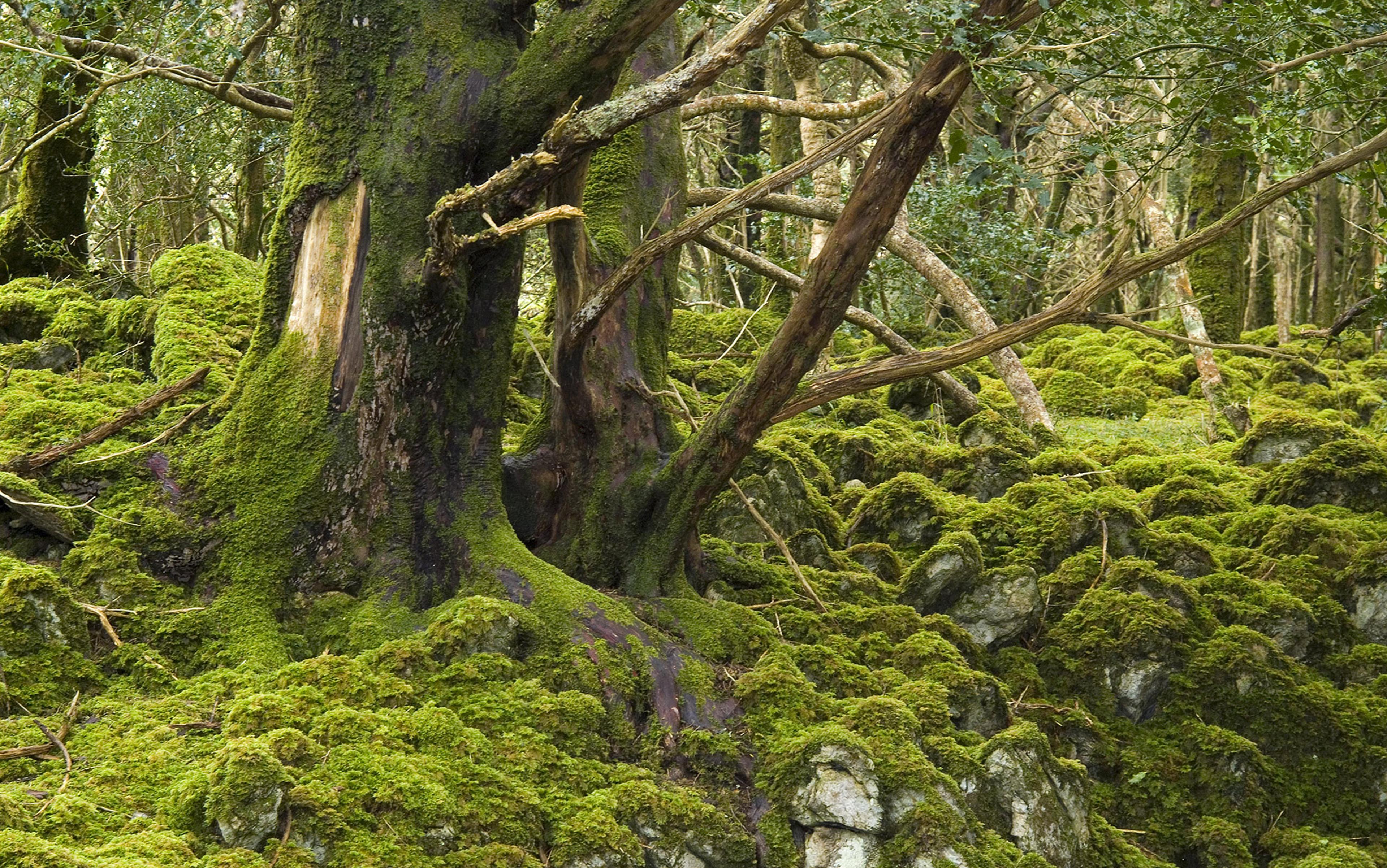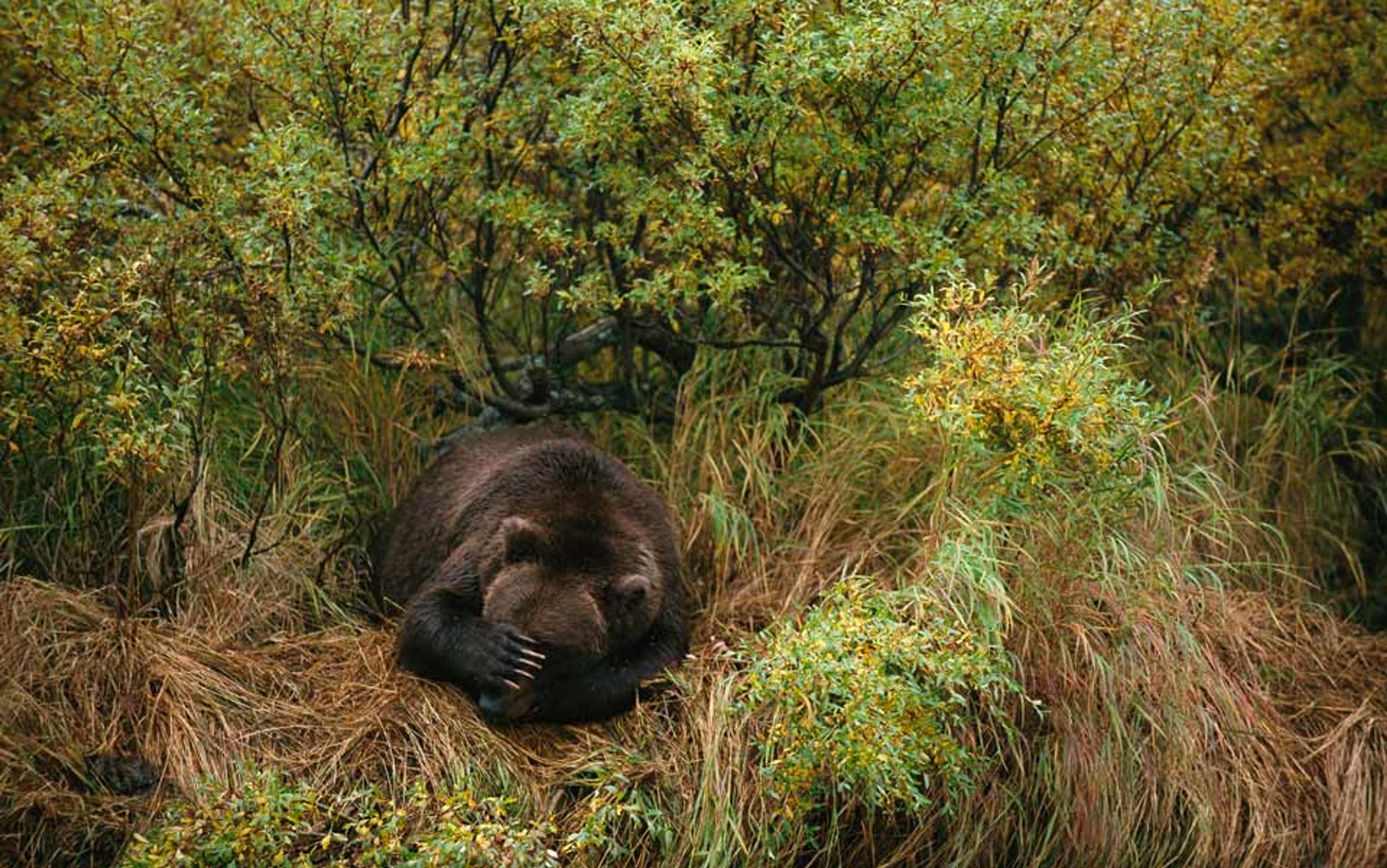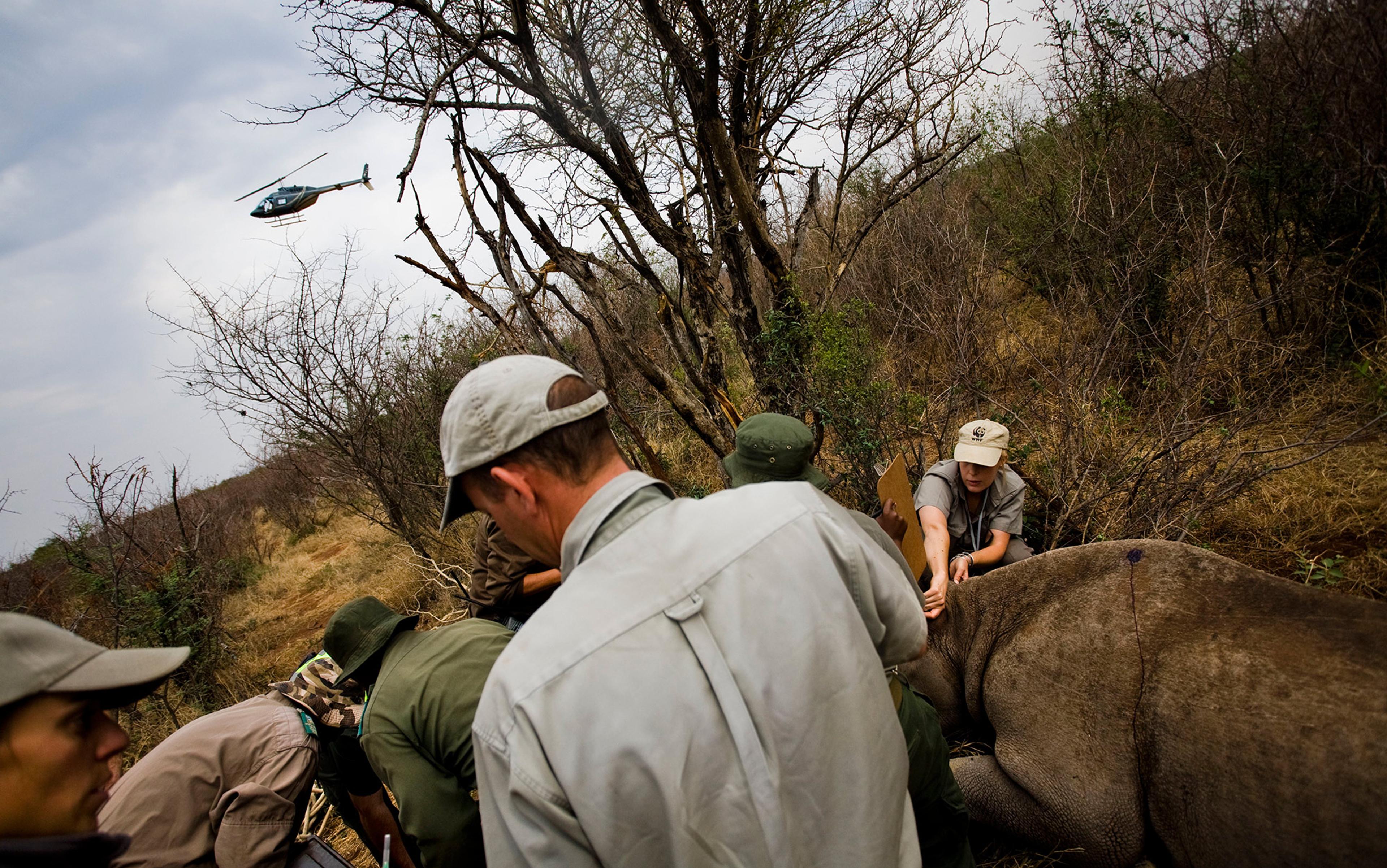On a summer afternoon, the scene near the top of Washington’s Sauk Mountain appears utterly serene. Open meadows sweep downward, overrun with wildflowers and humming with snowberry checkerspot and silvery blue butterflies. In the distance, the Sauk River curves around the base of the Cascade Range. Spindly columbines, pale purple phlox, and chubby succulents fringe the trail.
But these mountain meadows are the site of a hostile invasion. On both sides of the slope dark clumps of trees hem in the landscape. Some scientists worry that pines, firs, and mountain hemlocks will eventually take over the vibrant green vistas prized by hikers and home to a rich assembly of plants and animals. Meadows might vanish – and be replaced with forest. ‘I think they’re going to be gone, for the most part,’ says Regina Rochefort, science adviser for the North Cascades National Park Complex in Sedro-Woolley, Washington, of the Cascades’ meadows.
Trees are already on the move. Global warming has allowed forests to infiltrate meadows that were previously too cold or snowy, and grazing animals and fires no longer hold seedlings in check. A 2012 study led by forest ecologist Harold Zald at Oregon State University in Corvallis showed that trees have expanded from 8 per cent to 35 per cent of the meadow area in part of Oregon’s Central Cascade Mountains over the past six decades. At two ridges in Canada’s Rocky Mountains, the average meadow size shrank by 78 per cent from the 1950s to 1990s. Pines and larches are creeping into meadows in the European Alps too, and a 2009 meta-analysis led by the biologist Melanie Harsch, then at Lincoln University in New Zealand suggested that treelines have advanced to higher altitudes or latitudes at about half of surveyed sites worldwide.
The loss of mountain meadows would be ‘tragic’ for the generations of people who have seen their brilliant floral displays, framed by views of snowfields and rock outcrops, says Jerry Franklin, an ecologist at the University of Washington in Seattle. ‘When they’re at their peak, there isn’t anything in the world prettier than our Cascadian meadows,’ he says. Some people consider these visits nearly spiritual experiences. In the Alps, flower-filled meadows are part of Austria’s cultural heritage, akin to old churches, says Harald Pauli, a plant ecologist at the Austrian Academy of Sciences in Vienna.
The advance of forests would also be a blow to biodiversity. In the United States’ Pacific Northwest region, subalpine meadows host asters, buttercups, lupines, cow parsnip, bistort, and Indian paintbrush. Butterflies and bees depend on those flowers. American pikas forage for grasses and forbs, and bears feast on berries. Some animals need both forest and meadow: deer can rest and take cover among the trees, then wander into meadows to graze.
Franklin first encountered tree invasions in the 1960s, when a naturalist at Mount Rainier National Park in Washington asked him to investigate. Tourists flock to the mountain’s aptly-named Paradise meadows, and managers worried that new trees were spoiling this attraction. So Franklin’s team cut down seedlings and saplings in Rainier meadows, then counted the tree rings to determine their ages. The researchers estimated that the invasion occurred mainly during the 1920s and ’30s, an unusually warm and dry period when snow-free seasons were longer than normal and gave young trees a chance to grow.
Climate isn’t the only factor. In the 1990s, Franklin’s former student Charlie Halpern, an ecologist at the University of Washington, and a colleague studied tree invasions at 17 meadow sites in Oregon’s Cascade Range. Tree growth in north-facing subalpine meadows was linked to warmer periods with lighter or early-melting snow. But in lower-elevation meadows, the invasion was also partly due to a decrease in grazing sheep, which trample and eat seedlings. At shrinking meadows in Canada’s Rocky Mountains, researchers chalk up tree establishment to a combination of climate change and fire suppression. Normally, regular fires kill newly sprouted trees.
The march of trees can quickly trample meadow-dwelling plants. In a 2007 study, Halpern’s team surveyed meadows invaded by lodgepole pines and grand firs at Bunchgrass Ridge in Oregon and found that forest herbs took over the ground cover within 60 to 80 years of the trees’ arrival. Trees might have changed local growth conditions to favour forest-dwelling species – for example, by providing shade and altering soil chemistry.
Trees can also cast an ‘ecological shadow’ on butterflies, as Jens Roland puts it. Roland, a population ecologist at the University of Alberta who is based in Salt Spring Island, Canada, and his colleagues studied Rocky Mountain Parnassian butterflies at twenty meadow sites in Alberta, some of which were separated by trees. Forests reduced butterfly movement between meadow patches by about half, and butterfly migrations between sites dropped by an estimated 41 per cent during four decades of tree invasion. The insects might avoid travelling through the shady forest because they need sunshine to keep their flight muscles warm, says Roland. The barriers presented by trees could make butterflies more vulnerable: as the population in a meadow becomes isolated, inbreeding will increase, and chance events are more likely to wipe it out.
Cutting down trees is ‘a losing battle’: even if they were removed, other plants could also advance up the mountain and displace meadow species
Can anything be done to hold back the trees? In 2006, the US Forest Service arranged for a timber company to cut down trees in Bunchgrass Ridge meadows, then burned remaining woody debris in piles or spread across the ground. Three years later, meadow plant cover had increased by 47 per cent in some plots, and forest plant cover dropped by 44 to 79 per cent. But not all meadow species have reappeared, and tree seedlings have recently begun to sprout at the restored sites again. Cutting down trees is ‘a losing battle’, says the North Cascades National Park Complex’s science adviser, Regina Rochefort. Even if trees were removed, other plants could also advance up the mountain and displace meadow species.
Whether it makes sense to freeze landscapes in time is another question. The boundaries between forest and meadow have ebbed and flowed for thousands of years. The park service aims to protect ecological integrity, but these ecosystems should be self-sustaining, says Rochefort: if meadows have to be continually manipulated, ‘they won’t be natural’. But it might be worthwhile to preserve sites that are popular with tourists or provide key species habitat, says Franklin. Pauli acknowledges that stopping the large-scale advance of trees is impractical but believes local efforts should be made to maintain some meadows in the Alps, just as people restore historically significant buildings.
The future of mountain meadows is unclear. Franklin says the tree invasion he studied in the 1960s was due to natural climatic variation, but global climate change could have the same effect. Forests might not blanket the entire area: depressions in the land hold snow longer, so they might keep out trees and allow meadow pockets to remain. Insect outbreaks and drought could also keep forests in check.
A pair of black-and-white photos of Mount Rainier’s Paradise meadows, shown in one of Rochefort’s papers, illustrates how quickly these ecosystems can change. In the first picture, taken in 1929, a woman in a jaunty bowler hat stands grinning in front of an open field. In the second, taken six decades later in the same spot, dozens of small trees crowd the walking path. Like receding glaciers, advancing forests are part of the push and pull of landscapes responding to climate change around the world – first unnoticed, then alarming, and finally unstoppable.
